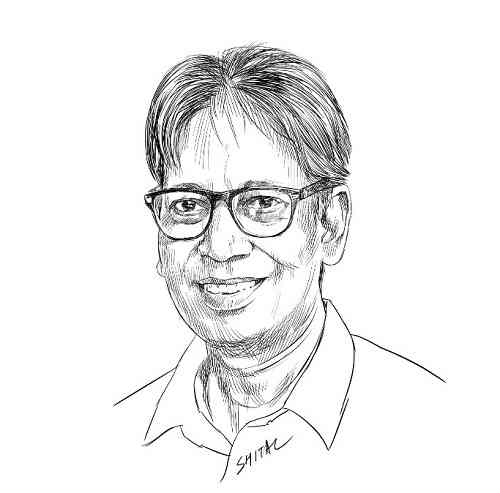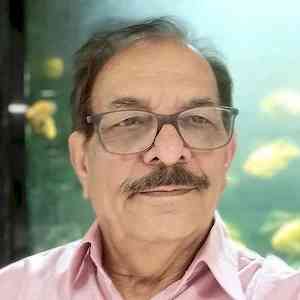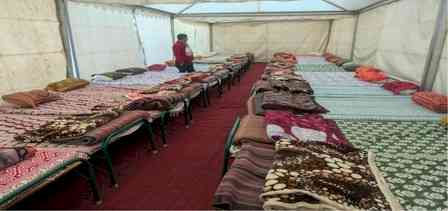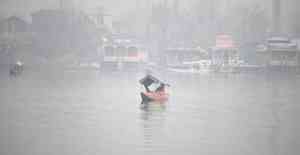Unprecedented Winter Dry Spell Grips Himachal Pradesh: A Historical Perspective
Himachal Pradesh, known for its enchanting snow-clad landscapes during winter, witnessed an unusual and unseasonal dry spell around Christmas 2023, New Year's Day, and Makar-Sankranti 2024. The absence of the customary snowfall in the snow ranges and popular hill stations like Shimla, Manali, Dharamsala and Dalhousie has sparked concerns among residents and experts, marking an unexpected weather pattern for the region.
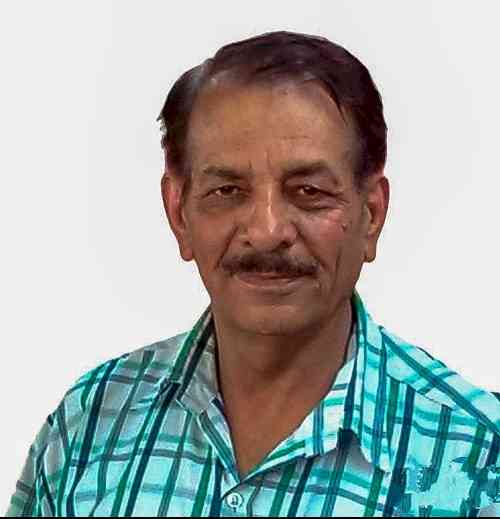
Himachal Pradesh, known for its enchanting snow-clad landscapes during winter, witnessed an unusual and unseasonal dry spell around Christmas 2023, New Year's Day, and Makar-Sankranti 2024. The absence of the customary snowfall in the snow ranges and popular hill stations like Shimla, Manali, Dharamsala and Dalhousie has sparked concerns among residents and experts, marking an unexpected weather pattern for the region.
The state is currently grappling with an unprecedented winter dry spell, marking a significant departure from the region's climatic norms. This meteorological anomaly, considered the longest in the state since record-keeping began in 1901, has far-reaching implications for various sectors and underscores the broader challenges posed by climate change.
The winter months in Himachal Pradesh typically witness a balance between cold temperatures and the arrival of precipitation in the form of snowfall and rain. However, the ongoing dry spell has disrupted this delicate equilibrium, with profound consequences for the environment, agriculture, and daily life.
The meteorological data for the region reveals a stark departure from historical averages. Traditionally, winter in Himachal Pradesh is synonymous with picturesque snow-covered landscapes, providing not only scenic beauty but also serving as a vital source of water for rivers and streams.
However, the current dry spell has shattered these expectations. Instead of the usual blanket of snow, the region is experiencing an extended period of dry weather, with almost no precipitation. This deviation from the norm has raised concerns among meteorologists, environmentalists, and policymakers alike.
One of the most immediate and tangible consequences of the prolonged dry spell is its impact on agriculture. Himachal Pradesh relies heavily on winter precipitation for the rejuvenation of soil moisture and groundwater. The absence of regular snowfall and rain during this critical period can lead to soil desiccation, affecting crop growth and potentially jeopardizing the livelihoods of farmers.
Moreover, the reduced snowfall has implications for the state's water resources. Many rivers and streams in Himachal Pradesh originate from the melting snow in the higher reaches of the Himalayas. A deficient snow cover can lead to decreased water availability downstream, affecting both agricultural and domestic water supply.
While the current dry spell is an immediate concern, it also underscores the broader issue of climate change. Scientists have long warned about the impact of global warming on weather patterns, and Himachal Pradesh's unusual winter weather fits into this narrative. Changes in precipitation patterns, rising temperatures, and alterations in the timing and intensity of seasons are all indicative of a changing climate.
Addressing the challenges posed by climate change requires a multi-pronged approach, including sustainable agricultural practices, water conservation measures, and initiatives to mitigate carbon emissions. The current situation in Himachal Pradesh serves as a stark reminder that climate change is not a distant threat but a present reality affecting communities and ecosystems.
As Himachal Pradesh grapples with the longest winter dry spell in over a century, there is a need for collective action to understand, adapt, and mitigate the impacts of climate change. The situation calls for increased awareness, scientific research, and policy measures to build resilience in the face of evolving climatic conditions. The experiences of Himachal Pradesh serve as a microcosm of the global climate crisis, emphasizing the urgency of concerted efforts to address the challenges that lie ahead.
A Weather Expert jokingly said that God has supplied extra water to Himachal during monsoon and now posted a hundred percent cut in winter to make balance.
(Author is a Senior Journalist based in Dharamshala, Himachal Pradesh)


 City Air News
City Air News 
